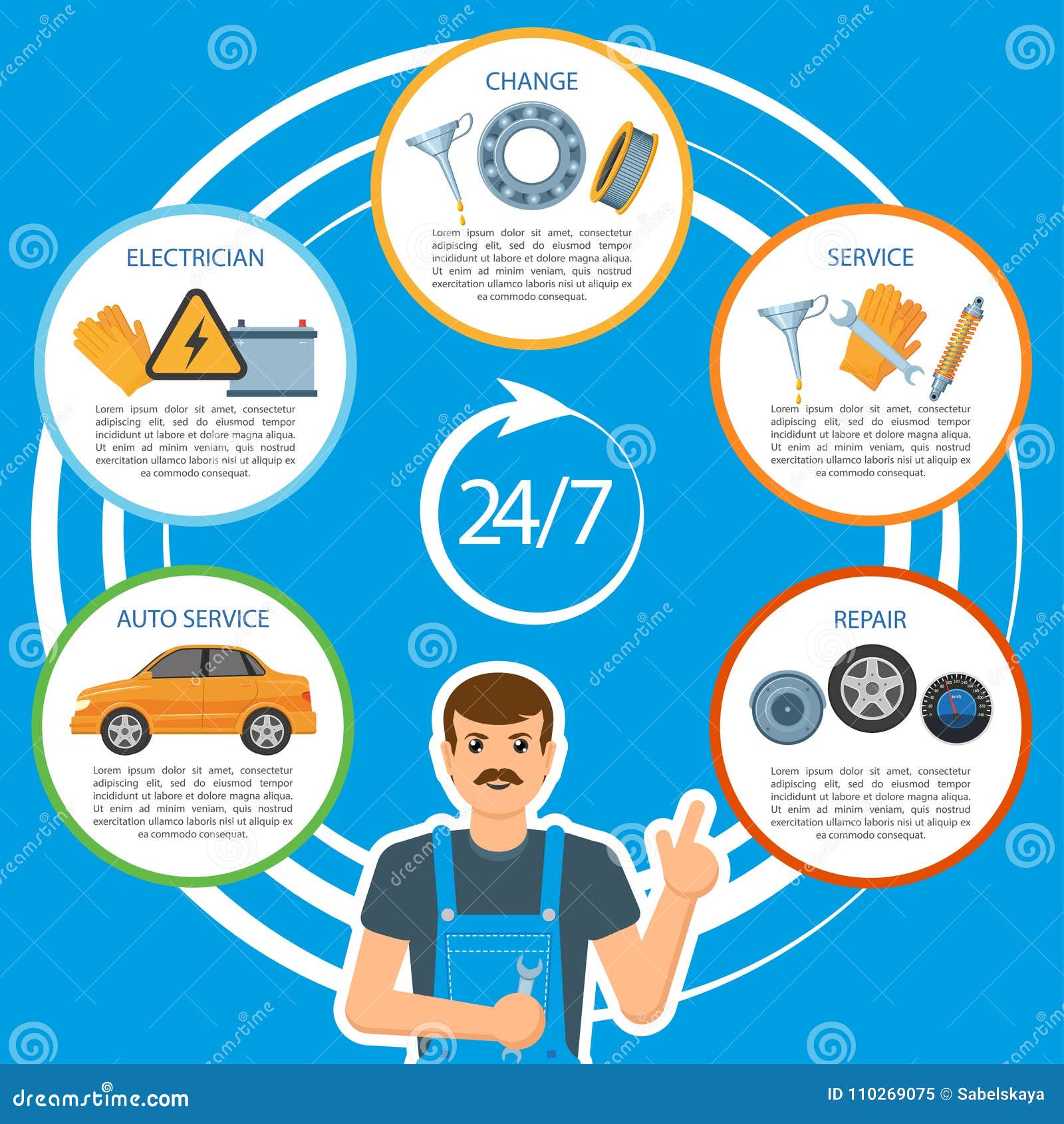Examining Your Cars And Truck'S Caution Indicators: What They Really Convey
Examining Your Cars And Truck'S Caution Indicators: What They Really Convey
Blog Article
Created By-Higgins Torres
When you lag the wheel, those beautiful warning lights on your control panel can be a little bit complicated. Do you understand what they're attempting to inform you about your automobile's wellness? Recognizing the value of these lights is essential for your security and the long life of your automobile. So, the following time one of those lights turns up, would not you want to decode its message properly and take the required actions to resolve it?
Common Caution Lighting and Interpretations
Determine common caution lights in your car and understand their definitions to ensure safe driving.
The most regular warning lights include the check engine light, which signifies issues with the engine or exhausts system. If this light begins, it's crucial to have your car checked quickly.
The oil pressure alerting light suggests low oil pressure, needing prompt attention to avoid engine damage.
A blinking battery light might suggest a defective billing system, potentially leaving you stranded otherwise addressed.
The tire stress monitoring system (TPMS) light signals you to low tire pressure, impacting vehicle security and fuel effectiveness. Overlooking this might result in dangerous driving conditions.
The abdominal light indicates an issue with the anti-lock braking system, jeopardizing your ability to quit promptly in emergencies.
Lastly, the coolant temperature level warning light warns of engine getting too hot, which can cause serious damages if not dealt with quickly.
Recognizing these common caution lights will assist you address concerns immediately and preserve safe driving problems.
Value of Prompt Interest
Comprehending the usual caution lights in your auto is just the very first step; the significance of quickly resolving these warnings can't be emphasized enough to ensure your safety and security on the road.
When a caution light brightens on your dashboard, it's your vehicle's means of communicating a prospective issue that requires interest. Ignoring these cautions can cause extra serious problems in the future, compromising your security and potentially costing you extra in repairs.
Trigger interest to alerting lights can prevent breakdowns and mishaps. As an example, a blinking check engine light can show a misfire that, if left ignored, might create damage to the catalytic converter. Resolving this quickly can save you from a pricey repair service.
Similarly, a brake system alerting light might signal low brake liquid or used brake pads, important elements for your safety when driving.
DIY Troubleshooting Tips
If you see a caution light on your control panel, there are a couple of DIY repairing pointers you can try prior to looking for specialist assistance.
vehicle wash is to consult your car's handbook to comprehend what the certain caution light indicates. Sometimes the issue can be as simple as a loose gas cap triggering the check engine light. Tightening the gas cap might settle the trouble.
One more usual problem is a reduced battery, which can cause various cautioning lights. Checking the battery connections for corrosion and ensuring they're secure might take care of the problem.
If a warning light continues, you can attempt resetting it by detaching the car's battery for a few minutes and after that reconnecting it. Additionally, inspecting https://www.globenewswire.com/news-release/2021/12/21/2355739/0/en/Meineke-Auto-Repair-Care-Center-in-Gilbert-Announces-New-Website.html , such as oil, coolant, and brake liquid, can help troubleshoot cautioning lights connected to these systems.
Final thought
In conclusion, comprehending your vehicle's caution lights is necessary for keeping your lorry running smoothly and securely. By promptly dealing with these alerts and recognizing what they indicate, you can prevent expensive fixings and potential break downs.
Remember to consult your automobile's handbook for particular information on each alerting light and do something about it accordingly to ensure a hassle-free driving experience.
Stay notified, stay risk-free when traveling!
